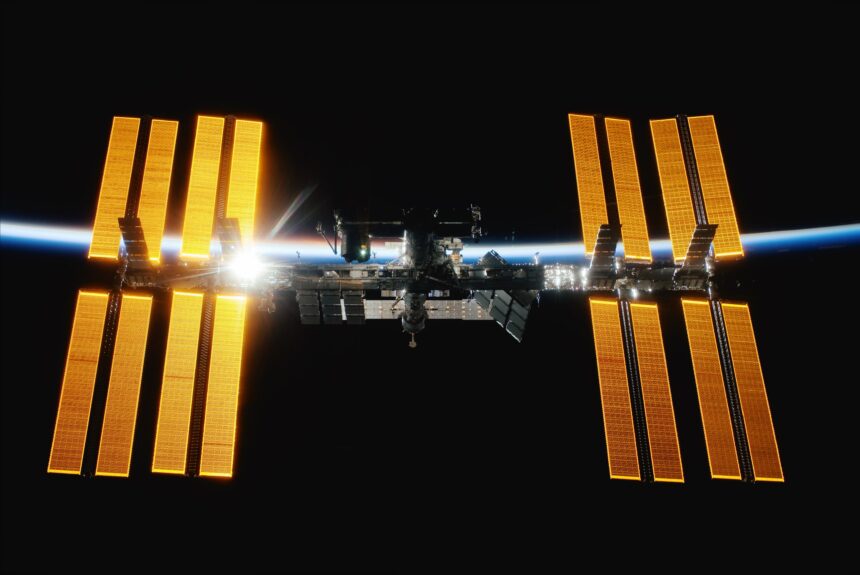Solar energy has gone from a niche form of energy production to being an industry worth billions of dollars that is the focus of even more billions in government subsidies. Solar panel arrays can be found everywhere in the US from Maine to Arizona, with companies touting its price declines and green energy generation. While solar energy is a welcome addition to an increasingly diverse energy mix, it’s far from efficient. Solar panels only capture a fraction of the incoming solar energy that manages to hit Earth’s surface.
>>>READ: New Pilot Project Increases Solar, Decreases Drought
But what if we got closer? Harvesting solar power in closer proximity to the Sun would be much more effective. And thanks to the marvels of modern technology this is looking more and more plausible all the time. As Earth’s energy needs continue to increase, the U.S. could lead in this field of space-based solar energy, providing massive amounts of energy to both domestic and global markets.
Space X’s failed test of the Super Heavy Booster rocket with the Starship spacecraft last month was a minor setback for space solar energy. Technology for building out massive solar panel arrays on satellites is tried and tested, but launching these massive satellites into orbit is the last hurdle for companies to overcome to make solar power stations a reality. Space Solar, a U.K. company, is developing a 25-satellite constellation, with a single satellite being able to generate 2 gigawatts (GW) of energy, equivalent to powering 18,180 electric Nissan Leafs. Once we successfully launch these power stations into space, they will be able to capture a much higher percentage of solar energy than an Earthly solar panel and then transport the energy back to Earth using radio waves. Antennas stationed on Earth will capture the radio waves and convert these waves back into electricity, which will be sent straight to the power grid.
And the sun doesn’t set in space. While Earth-based solar power must contend with weather disruptions including snowstorms, too much cloud cover, and dust accumulation that robs solar panels of their efficiency even more, in the vacuum of space, there are no such problems. There’s no atmosphere and no day-night cycle getting in the way of the Sun’s radiation. Solar power stations will be able to harvest energy around the clock. A single narrow strip around geostationary Earth, or the orbit at which most meteorological and communications satellites orbit, receives more energy in a year than is projected to be used by humans by 2050. Innovations in how we can harness and control this vast amount of energy have led to the testing of solar-to-radio energy converters and a large drop-off in the costs of rocket launches. Hypothetically, it has never been cheaper to place these solar power plants into space.
>>>READ: All of the Above on Energy Requires the Critical Minerals Below
Satellites have become much cheaper to manufacture and the gains in reducing the carbon footprint of solar power also come with additional environmental benefits. An analysis of the space solar Cassiopeia project found that it could reduce the carbon footprint of terrestrial solar power by half. Estimates of the amount of land that U.S. utility solar takes up is around 500,000 acres. With U.S. solar producing 91 billion kilowatt hours (kWh) of energy in 2020, that means that U.S. solar produced 182,000 kWh of energy per acre. Halving the amount of land needed for solar power while increasing the amount of solar power generated from space-based solar would be much more return for less of an investment in terms of acreage. California’s Solar Star project takes up 3,000 acres to produce the same amount of energy that a 122 acre natural gas plant does. With energy needs only expected to rise, outsourcing the space issue to the stars could make solar power a much more viable and efficient source of energy.
Barriers still remain to plant a solar power station among the stars. The largest of these barriers is the scale and construction of such a power station. A space-based solar power station would be massive and manufacturing components that can withstand the environment of space and assembling these components in space would be extremely complex. On Earth, building the infrastructure needed to receive radio waves from solar satellites and ensuring that the beams of radio waves can be concentrated into antennas or other infrastructure raises safety questions if these facilities are built in populated areas. Security concerns have also been raised as funneling massive amounts of energy through a single centralized location could make them potential targets for terrorism. These concerns are warranted, but the large number of advances in this area cannot be ignored. The economics of space launches used to be an insurmountable barrier, but now scaling up already-available technology is the challenge. The U.S. possesses the technology and a variety of companies shrinking the costs of going into space. Private space companies could provide the transportation services for these power stations. With support from the federal government, scaling up these solar power station could provide the U.S. with a much-needed increase in energy generation.
Roy Mathews is an Innovation Fellow at Young Voices. He is a graduate of Bates College and a former Fulbright Fellow. His work has appeared in The Wall Street Journal, National Review, and Boston Herald.
The views and opinions expressed are those of the author’s and do not necessarily reflect the official policy or position of C3.
